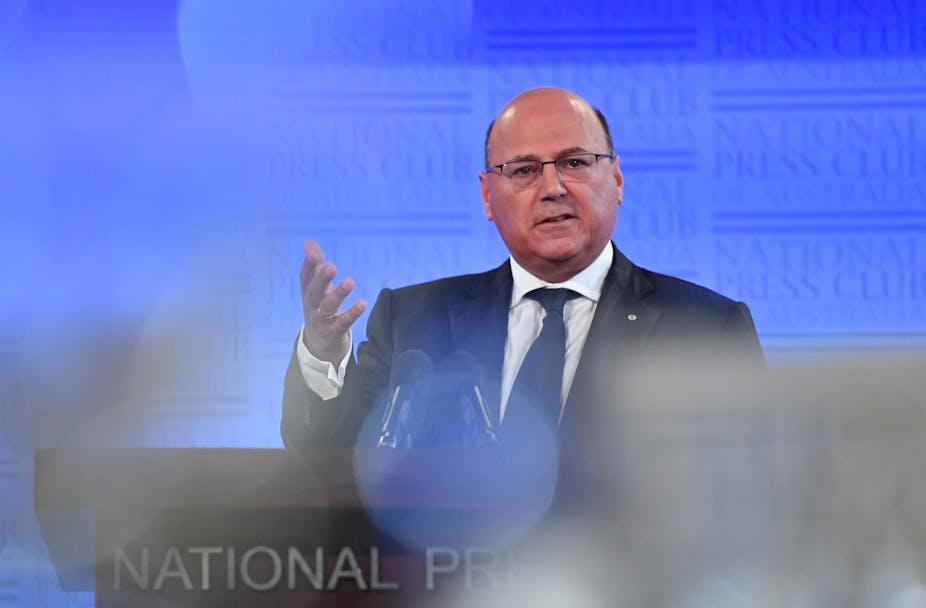The Australian Government released a National Science Statement yesterday – the punchline being it will announce a new plan sometime this year. Aside from appointing a very able, experienced and articulate Chief Scientist (Dr Alan Finkel), we have seen in recent years remarkably little in the form of actual policies to transform Australian businesses and bring them up to world standard.
So let us remind ourselves why we should care about our government’s science and innovation polices. Thermal coal, one of our major exports, is heading for obscurity. Iron ore, our main export, could well be under threat from the emergence of new materials such as carbon fibre which is lighter and five times stronger. When the cost of the new inputs (solar, batteries, carbon fibre) become cheaper than our “old economy” inputs (and the trends are there), we will see an acceleration in decline for our exports.
So what are we Australians doing about it? We know that it can take up to 20 years to create the web of interrelated businesses and research bodies needed to underpin a successful export sector. If we want to avoid this predictable crisis, we should be acting now.
Status report
The National Science Statement summarises the issues well. Australia has:
- An above average standard research sector, and leads globally in certain areas of science and technology
- State-of-the-art research infrastructure
- A high-quality education system
- A poor record of collaboration between industry and the research sectors
- A poor record of benefiting from the translation of research ideas into use.
Given the statement is not going to tell us, in concrete terms, what the government is going to do, here are a few suggestions.
But first, a few facts. Commonwealth government R&D expenditure per resident was in 2014-2015 (latest data) the lowest it has been since the Australian Bureau of Statistics has been collecting the data (1992-1993). It peaked in 2006-2007 and has fallen continuously since then. The status for State and Territory spending is even more acute. It peaked in 1998-1999 and has never recovered.

R&D support is not the only way public policy can help create new industries however. There are a plethora of industry and innovation-related programs that are designed to de-risk frontier industries and products in the private sector.
However, the percentage of Australian businesses receiving public support for innovation at 7%, is currently the lowest in the OECD. The average for the OECD is about 25%. So there is no joy here either.
What do Australian governments and universities need to do?
Hire and retain the best people
Translation and engagement is largely driven by the capabilities, preferences and motivations of the individual researchers. One of the most important decisions a university or research institute can make is to hire and retain these individuals. Excellent translators develop trust and relationships with appropriate people; communicate in a manner that speaks to the industry audience; understand the needs and constraints of the industry partner; understand how industry partners make decisions; who to talk to; what level of evidence is required; what is their risk/reward profile.
Create the space for people to meet
Universities, government and research institute policies can have a moderating influence by creating the space for people to meet and affecting workplace culture and peer learning. To some extent this issue is being addressed by the Commonwealth Government’s assessment of the level and quality of research engagement and impact by Australian universities. This should be completed in March 2018, but more can be done.
Plan long-term
Other than the obvious step of bringing Australia’s level of public investment in innovation programs up to the OECD average, Australian programs can be improved in obvious ways. For many decades they have been bedevilled by capricious changes to such an extent that programs come and go with limited industry familiarity.
If businesses do not know about a program, then it will not be effective. Many programs do not advance beyond pilot stage; they are not objectively and independently evaluated; and they tend to be run in an overly bureaucratic manner. If they are not evaluated, how does a government know if they work? If they are not evaluated, is the government really serious about transforming the Australian economy?
Evaluate whether programs are working
There are many programs aimed to address the translation of science issue that have come and gone without so much as a cursory look at their effectiveness (innovation vouchers, Enterprise Connect, Commercial Read, among others). There are other longstanding programs that have never been under the evaluators’ microscope (CRCs, ARC linkage programs). By evaluation, I do not mean surveys of grateful recipients of government largess, but a scientific evaluation that constructs a control group and uses externally verified data.
These suggestions are not rocket science or outlandish measures. They are well established principles in health, medicine and education.
Finally, a government wanting to improve collaboration broadly across the economy should of course set an example of being a good collaborator themselves. Culture is set from the top. However, the government record on this is patchy. Certain agencies have been excellent collaborators (the Victorian Government, IP Australia, the Australian Department of Industry) but others seem to think it’s something someone else does.
The graph in this piece was updated after publication to correct an error in the dollars per resident figures.

